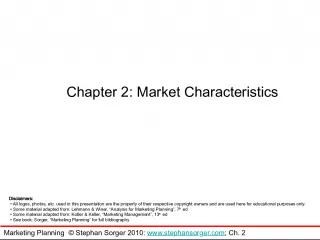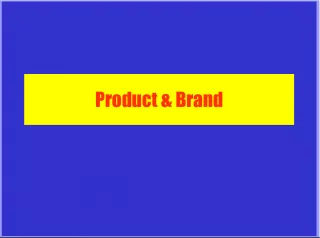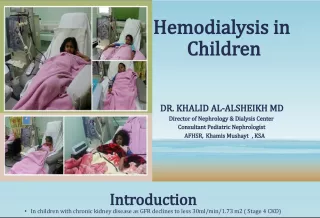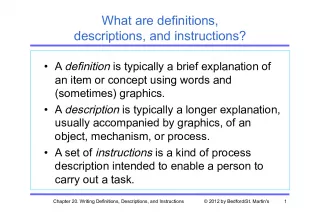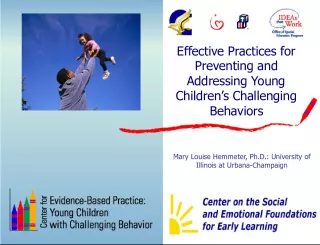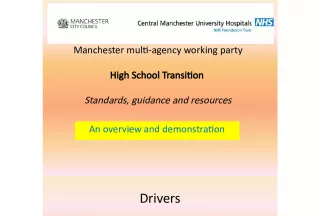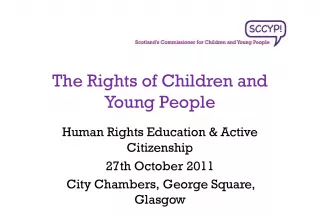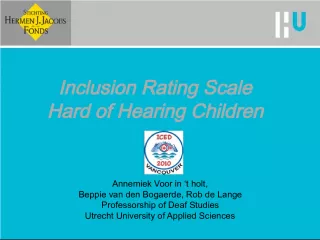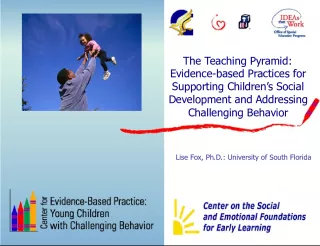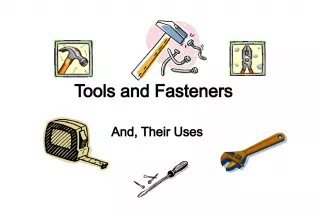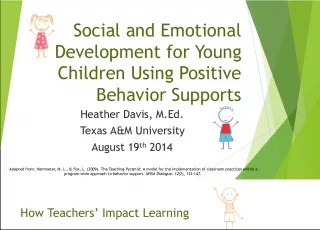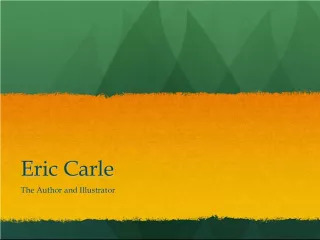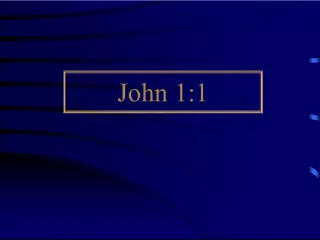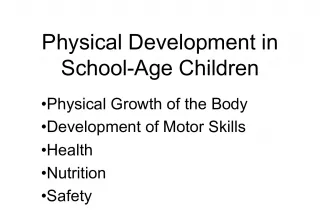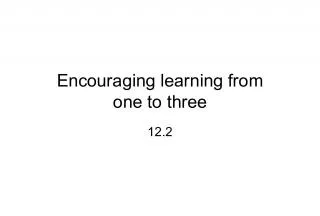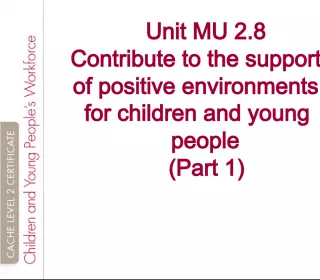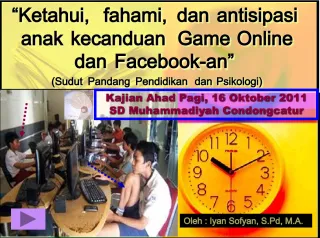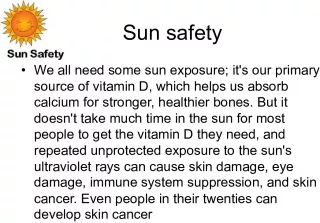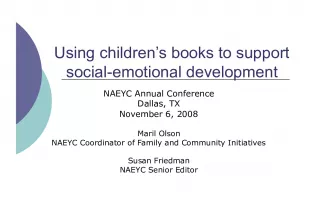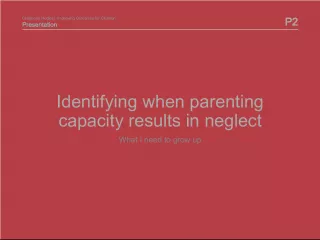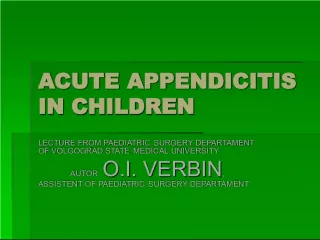Enuresis in Children: Age, Definitions, and Treatments
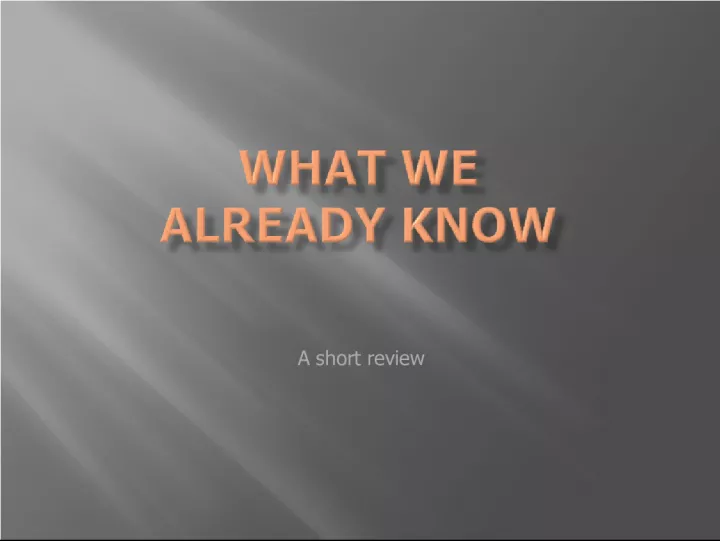

This article explores the challenges in defining enuresis in children and examines some of the determinants that affect motivation and goal setting. It also discusses various treatment options, from reward systems and reassurance to medication and alternative therapies.
- Uploaded on | 0 Views
-
 kornelis
kornelis
About Enuresis in Children: Age, Definitions, and Treatments
PowerPoint presentation about 'Enuresis in Children: Age, Definitions, and Treatments'. This presentation describes the topic on This article explores the challenges in defining enuresis in children and examines some of the determinants that affect motivation and goal setting. It also discusses various treatment options, from reward systems and reassurance to medication and alternative therapies.. The key topics included in this slideshow are enuresis, children, age, schooling, motivation, trial removal, trainer wheels, pull ups, reward systems, reassurance, fluid restriction, lift child, toilet, punishment, medication, alternative therapies, Desmopressin,. Download this presentation absolutely free.
Presentation Transcript
2. A short review
4. We struggle to determine the age at which enuresis can be defined. The age at which schooling starts is one determinant. The age at which motivation and longer term goal setting is achievable.
6. Trial removal of the trainer wheels (pull-ups). Reward systems. Reassurance
7. Restrict fluids Lift child to toilet during night Punish Resort to medications without medical assessment (including alternative therapies) Desmopressin indications limited
8. Bedwetting Assessment Urinary Infection Constipation Mono symptomatic Nocturnal Enuresis enuresis Child less than 7 yrs Not motivated Treat as per UTI guidelines Treat Inform, Advise and Reassure Episodic Needs ( 6 yrs or older) Offer Desmopressin Cure! Complex Enuresis Refer to Urologist or Paediatrician Enuresis Alarm with support program failed Bedwetting persists Relapse Repeat Spontaneous
9. A simple history will suffice for the majority of children. Invasive examination or investigations are not required. Identification of those with small bladders or large nocturnal urine outputs has not given useful management prediction. Alarm based treatments have proven efficacy and low relapse rates
10. Child and Parent buy in Goal setting and Progress Charts Choice of alarms
12. A randomized controlled clinical trial 2007 for treatment of 130 children with primary nocturnal enuresis Physio-psychological treatment and drug treatment are suitable for Chinese enuretic children, both of them showed good curative effects. Physio-psychological treatment is more suitable for widespread use to treat PNE in China
13. An evaluation of different modes of combined therapy in 43 children with enuresis Sept 2009 Comparison between alarm vs combined alarm and desmopressin therapy Combined therapy proved effective in children with enuresis after 6 months, with no statistically significant differences between the two different orders of treatment
14. Evaluation of the long-term success of the enuretic alarm device in 62 patients with monosymptomatic primary nocturnal enuresis 65.9% of the patients maintained a full response after enuretic alarm treatment in the 12 to 30 month follow-up. Another 16% responded to combination therapy.
15. Combination desmopressin and oxybutinin therapy -60 children -2006 68% response rate to desmopressin Of those who did not respond to desmopressin alone a further group responded to both desmopressin and oxybutinin A response was a 50% decrease in wet nights No mention of relapse rates
16. Adherence to Guidelines over a 4 month period -41 children 2009 Jrnl Paed Uro 1. Compliance with a drinking schedule 2. Going to the toilet with adequate body 3. Adherence to medication intake 4. Compliance with a voiding schedule the authors were pleased to have achieved over 70% parental and child compliance. Treatment results were not mentioned
17. Landmark study Forsyth and Redmond. 1974 Royal Belfast Childrens Hospital 1129 Irish bedwetters aged 5 and over Aim was to determine natural cure rates Intensive history, examination and investigation A variety of treatments Results and conclusions still stand
18. 5 to 10% of enuretics have incidental urological abnormalities but less than 1% have an organic cause for enuresis Rewards, lifting, exercises, psychotherapy and drugs trialled did not improve outcomes. Treating UTIs does not cure enuresis In 830 children there was no correlation between bladder size and enuresis Spontaneous cure rates are 14 to 16% 3 % still bed-wetting at age 20.
